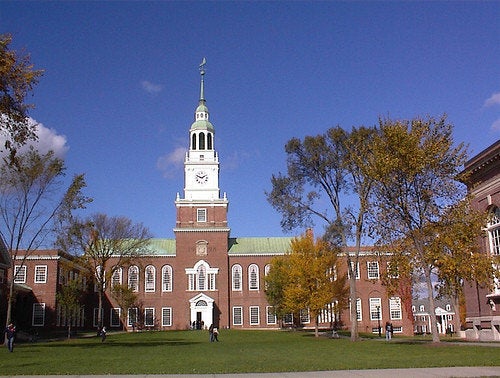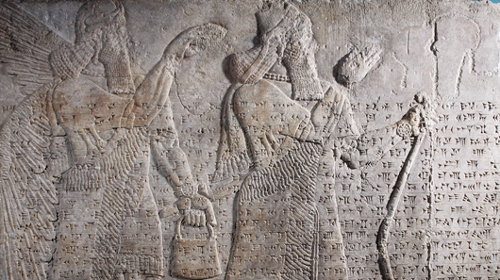
In the past three days I've visited three different college museums, each with excellent teaching art collections -- Williams, Dartmouth and Bowdoin. I visited Dartmouth to see the Hood Museum of Art, as I will be giving a lecture there on May 13th highlighting the watercolors in their collection. My mentor while an art history major at Williams College was Lane Faison, Williams College Director but also author of A Guide to the Art Museums of New England.


At Bowdoin College's museum I stumbled upon a small gem of an exhibit -- Object of Devotion: Medieval English Alabaster Sculpture from the Victoria and Albert Museum in London. The dark burgundy walls highlighted the beautifully carved alabaster reliefs (I am always interested in the way the exhibits are hung as I have curated and hung many exhibits of my own work). England was an important alabaster production center and alabaster was the perfect material for the mass-production of sculpture as it was softer and easier to work than marble. The wall text provided a concise overview. As we are at the end of what is Holy Week, historically a very important week in the Christian Church, it was poignant to view the alabaster pieces depicting the medieval representations of the Biblical scenes of this week. In the next room was an equally interesting exhibit, Displaying Devotion with a very small yet exacting engraving by Albrecht Durer (The Sudarium Displayed by Two Angels). For many years my line drawings appeared in The New Yorker and this small Durer is one of those, "how did he do it?" works -- you need a magnifying glass to appreciated the small hatches and extraordinary detail. Equally impressive was a Rembrandt etching Christ Driving the Money Changers from the Temple (I remember studying this in graduate art history course at the Clark Art Institute with Rembrandt scholar Julius Held). Upstairs I visited my old friends, the Assyrian Reliefs which were secured by American missionaries in the mid 1800s and given as gifts to many of the New England colleges including Williams, Amherst, Dartmouth, Yale and Bowdoin. One of my paintings, which is in the collection of the Williams College Museum of Art is of Lane Faison and me discussing these reliefs in the college Rotunda. It is an early self portrait and an interesting connection to the "Williams Mafia", the name given to those students of Lane, Whitney Stoddard, and Bill Pierson who became leaders in the art world. Next to the reliefs is a small exhibit of Renaissance and Baroque paintings: Masterpieces of European Painting on loan from the Wadsworth Atheneum and then an exhibit on Modernism from the collection. To my surprise there was an N.C. Wyeth painting I knew very well, in fact I lived with it for a summer and one of my very early watercolor paintings, which I had painted at age 22 had been purchased by the same collector and had hung next to the Wyeth painting in the same room for many years. It was an inspiring and unexpected diversion. You never know what you'll find in small gems off the beaten path.
